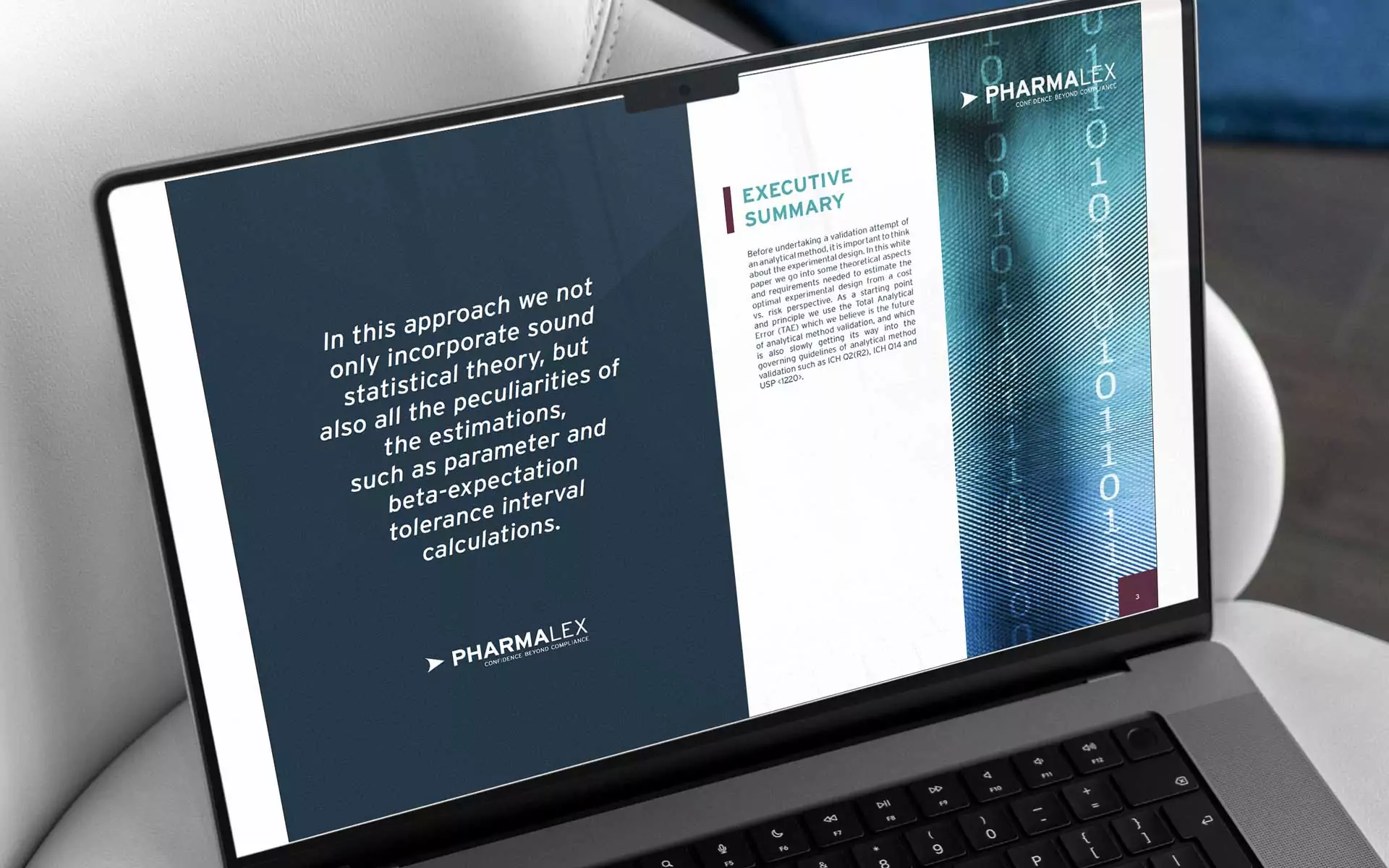Pharmaceutical companies are expanding their presence globally. With that expansion, however, comes the challenge of navigating diverse and evolving regulations. One area that presents particular barriers for companies is the highly regulated field of pharmacovigilance and the need to meet regional and country-level pharmacovigilance requirements[1].
Managing these differences requires Marketing Authorization Holders (MAH) to have global and local expertise, but many companies have insufficient local safety resources. Moreover, experience shows that case reporting is regarded as a non-core activity, which adds to the risk of not meeting submission requirements, and consequently can put patient safety and even business reputation at risk.
These issues are further exacerbated when dealing with novel or high-risk therapies, which have proportionately higher safety management costs, greater safety obligations and additional risk minimization measures (RMM), as is the case with advanced medicinal therapy products (ATMPs) in the EU[2],[3].
Marketing authorization holders (MAHs) also need to monitor the local medical literature in the native language relevant to their products and submit individual case safety reports (ICSR) into EudraVigilance and national safety databases[4].
Maneuvering through a varied regulations landscape
While the US has its own set of safety reporting requirements, these are uniform across all states[5]. When US companies enter other markets, they must adapt their processes to meet those requirements.
Nowhere is this more complex than in the EU, where even products that receive centralized marketing approval from the European Medicines Agency (EMA) have to adhere to local safety requirements across the 30 countries of the EU and European Economic Area (EEA).
In addition to the different local requirements, 17 EU countries also require companies to have local pharmacovigilance presence after marketing authorization has been granted, even if the product is not marketed in that country[6].
Other regions also have diverse requirements for local pharmacovigilance obligations. For example, our experience finds that across the Middle East and Africa (MEA) region, some countries have strict and well-developed PV regulations – among them Saudi Arabia, South Africa and Egypt – while others are at the start of their PV journey.
Address the PV challenges at the local level
This complex environment underscores the importance of finding a way to standardize the management of individual case safety reporting (ICSR) processing while meeting local requirements.
One way to address this widely diverse landscape is to adopt hub concepts where ICSR processing is globally coordinated with standardized processes while having on-the-ground local expertise to address country-specific requirements and perform follow-up activities. That will require having experienced in-country or regional native PV experts and global oversight of activities across the globe.
When entering new markets, it is important to conduct a proper gap analysis of the local requirements and potential risks. Companies should also make sure that local PV staff members are experienced and properly trained on PV obligations to address compliance with local requirements and are ready for inspections.
All these activities require extensive resources and proper oversight of activities worldwide. Outsourcing the local pharmacovigilance activities can help to reduce costs, give companies greater assurance that they are meeting their local PV obligations, and allow them to focus on other core activities.
About the author:
Alex Brenchat, Ph.D., is Vice President, Practice Area Lead, Local Affiliate Pharmacovigilance Services (LPVS). Alex has more than 20 years of experience in the pharmaceutical industry, including in pre-clinical and clinical research, publishing scientific articles, as well as supporting posters and patents for innovative pharmaceutical products.
[1] Comparative evaluation of pharmacovigilance regulation of the United States, United Kingdom, Canada, India and the need for global harmonized practices, Perspect Clin Res. 2018 Oct-Dec. https://www.ncbi.nlm.nih.gov/pmc/articles/PMC6176689/
[2] Regulation (EC) No 1394/2007 of the European Parliament and of the Council of 13 November 2007 on advanced therapy medicinal products and amending Directive 2001/83/EC and Regulation (EC) No 726/2004, European Union. https://eur-lex.europa.eu/legal-content/en/ALL/?uri=CELEX%3A32007R1394
[3] Risk Management Plans for ATMPs, Biopharma Excellence. https://www.biopharma-excellence.com/2021-6-13-risk-management-plans-for-atmps/
[4] Medical literature monitoring, EMA. https://www.ema.europa.eu/en/human-regulatory-overview/post-authorisation/pharmacovigilance-post-authorisation/medical-literature-monitoring
[5] Good Pharmacovigilance Practices and Pharmacoepidemiologic Assessment, FDA. https://www.fda.gov/regulatory-information/search-fda-guidance-documents/good-pharmacovigilance-practices-and-pharmacoepidemiologic-assessment
[6] Information on the Member States requirement for the nomination of a pharmacovigilance (PhV) contact person at national level, EMA. https://www.ema.europa.eu/en/documents/other/information-member-states-requirement-nomination-pharmacovigilance-phv-contact-person-national-level_en.pdf








